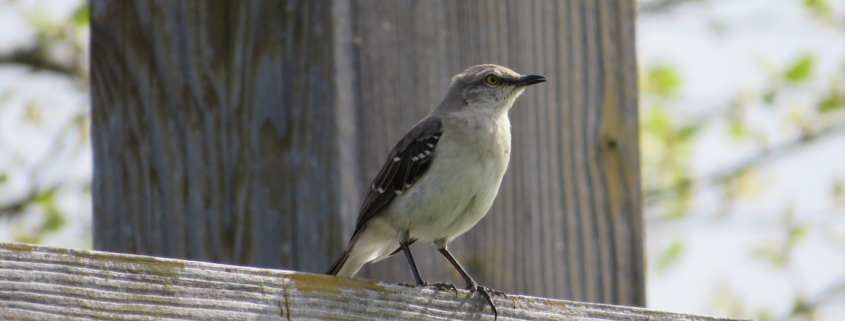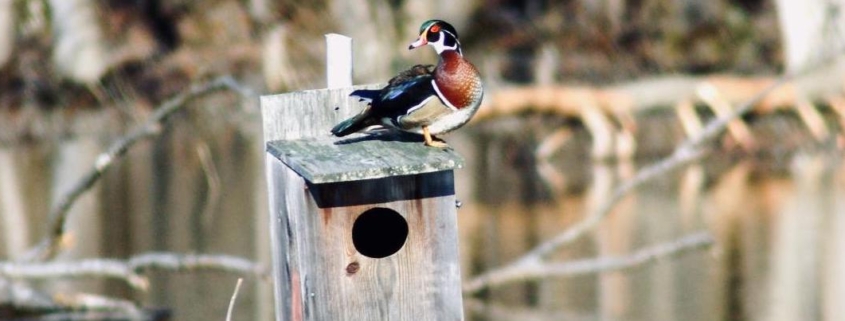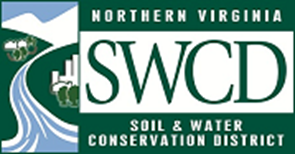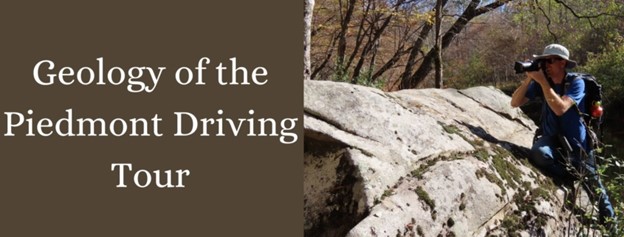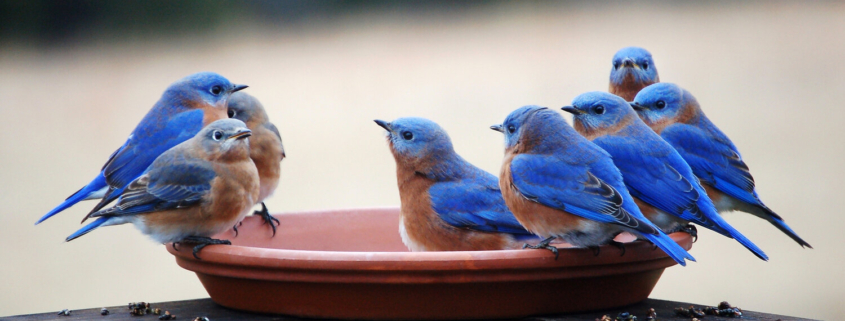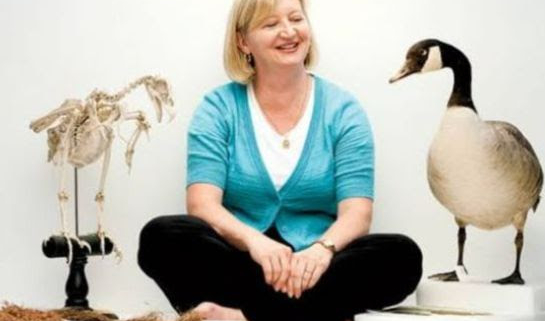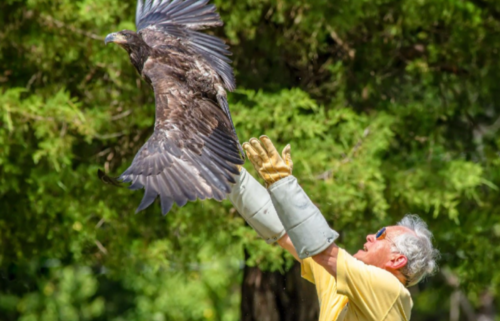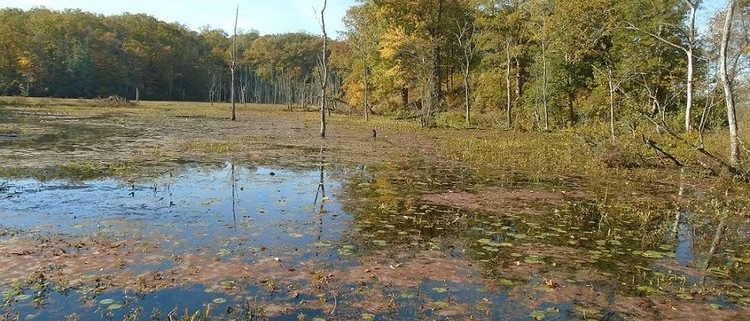Winter Animal Tracking with Ranger Emily Jones, January 24th
Photo: Courtesy of the Audubon Society of Northern Virginia, inset – Ranger Emily Jones
Tuesday, January 24, 2023
7:00 – 8:00 PM
Virtual Program
ASNV Members-$15.00 (Non-members $25.00)
Click here for registration details.
Winter is a great time to practice your detective skills. While many mammals are nocturnal, they do leave behind evidence of their activities such as footprints and scat. Join this informative webinar to learn how to identify tracks and scat of our common Virginia wildlife. Ranger Emily will also lead the class through some interactive tracking mysteries to help you practice your observation and naturalist skills. Do you have a photo of some mystery tracks? Email it to [email protected] and iy may be covered during the presentation!
Emily Jones is a Natural Resource Specialist at the U.S. Army Corps of Engineers’ John H. Kerr Dam and Reservoir with over 2.5 years’ experience as an Outreach Park Ranger managing partnerships, coordinating the water safety program, and facilitating educational programs for groups of all ages with a range of topics including animal track ID, watersheds, hydropower, wildlife, forestry, and water safety. Emily also is a Virginia Master Naturalist with the Southern Piedmont Master Naturalist Chapter. By focusing on connecting people with nature Emily has been able to put her MA in Natural Resources and Sustainable Development (American University and University for Peace), BS in Environmental Studies, and BA in Civic Innovation (Emory and Henry College) to good use. Over the years, Emily has garnered recognition as an outreach park ranger earning the 2021 South Atlantic Division (SAD) Water Safety Employee of the Year Award and multiple SAD Quarter Environmental Education Awards. When not working as a park ranger or volunteering as a Master Naturalist, Emily enjoys traveling with her friends, gardening, stand-up paddle boarding, and spending time with her cats.


